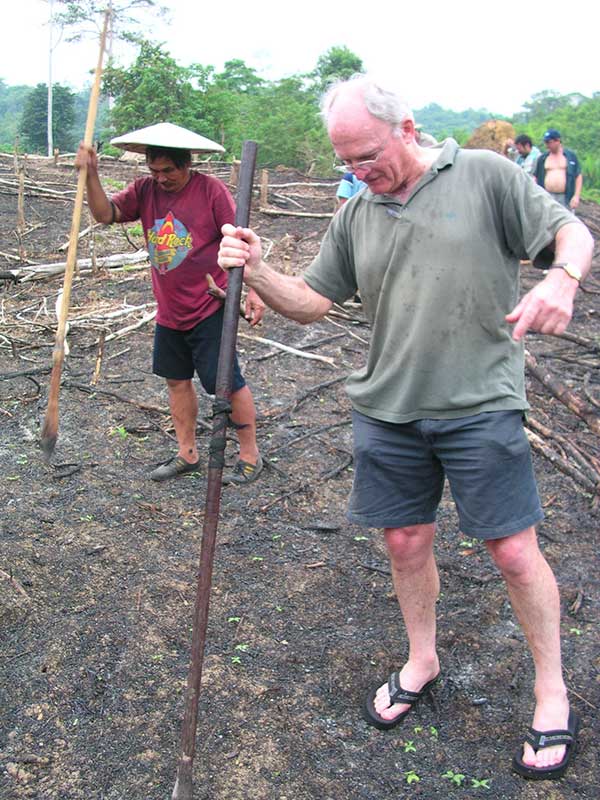What is a world with high resilience?
What creates high resilience specifically? The important factor for resilience in ecosystems is diversity. For example, many leguminous plants store the nitrogen that maintains soil fertility. If there is only one species of leguminous plants growing in an area and it completely perishes due to bacteria or drought, the function of nitrogen storage is lost. However, if there is a wide variety of leguminous plants and some species have strong resistance against bacteria and drought, the nitrogen storage function will be maintained. The diversity of response to environmental change among species contributing to the same ecosystem function is called response diversity. Response diversity is extremely important in maintaining a high capacity for restoration. In other words, response diversity is essential to ensuring a system with high resilience.












